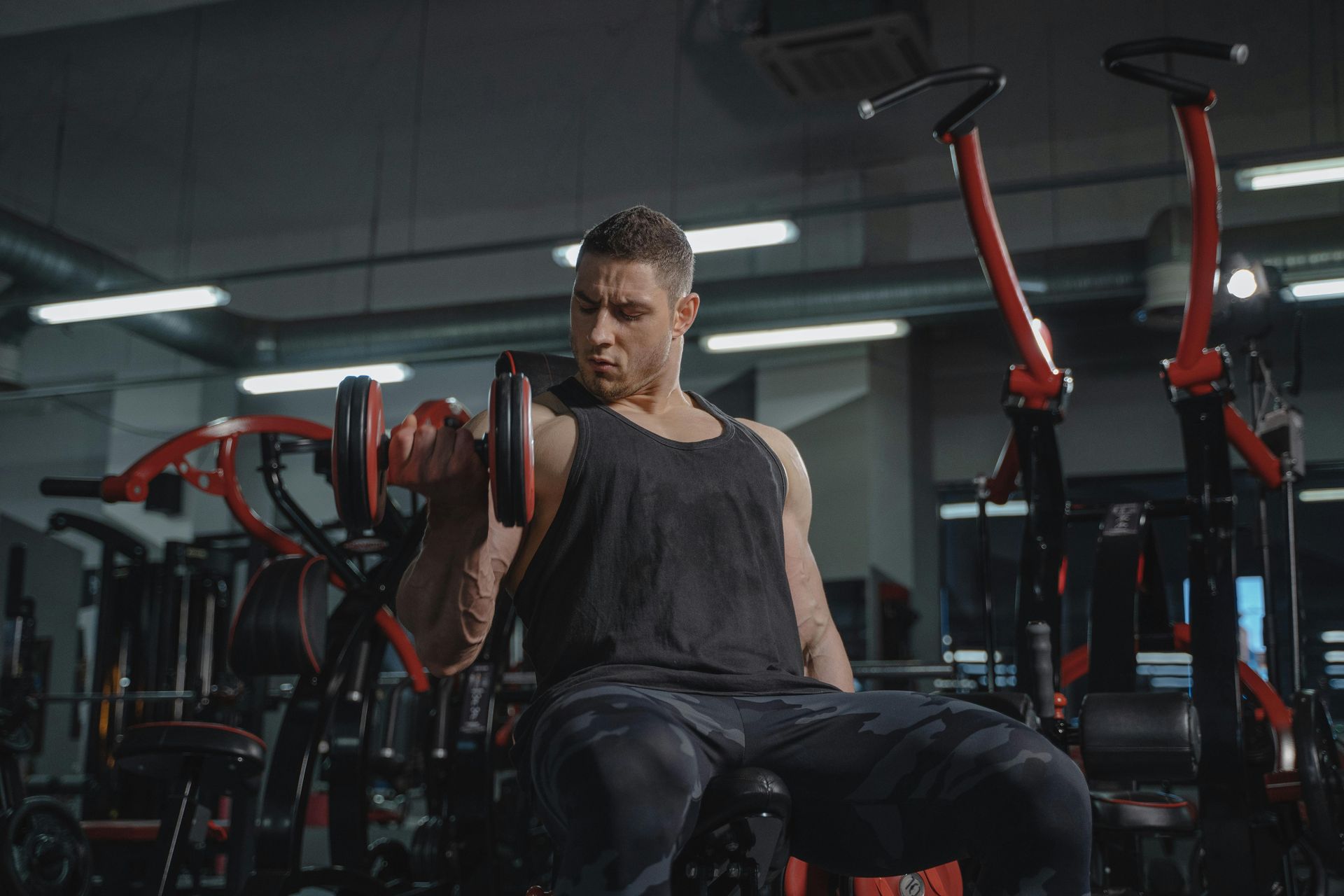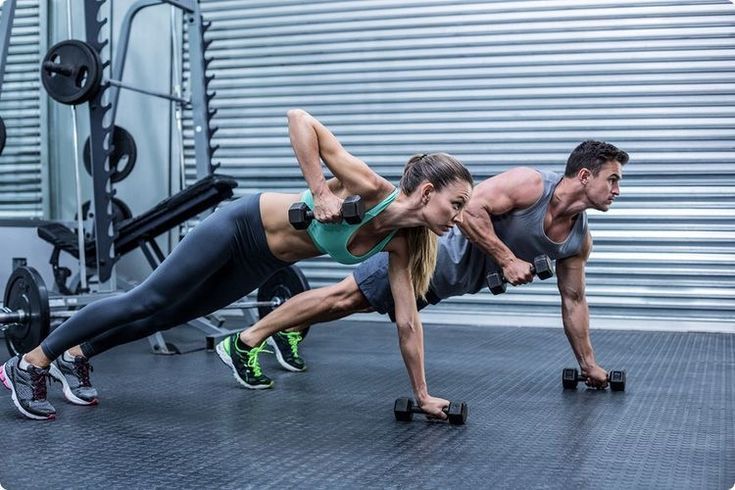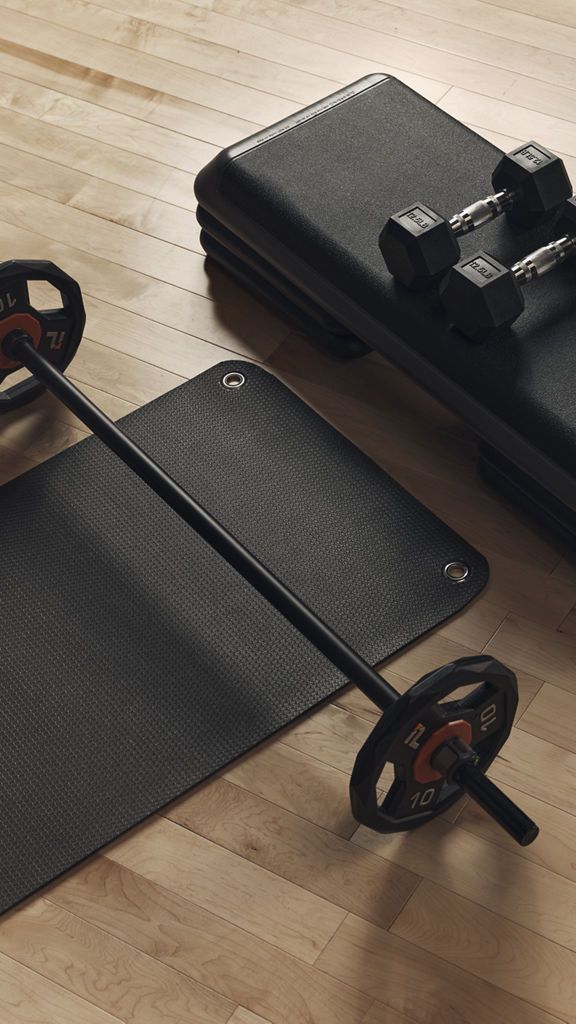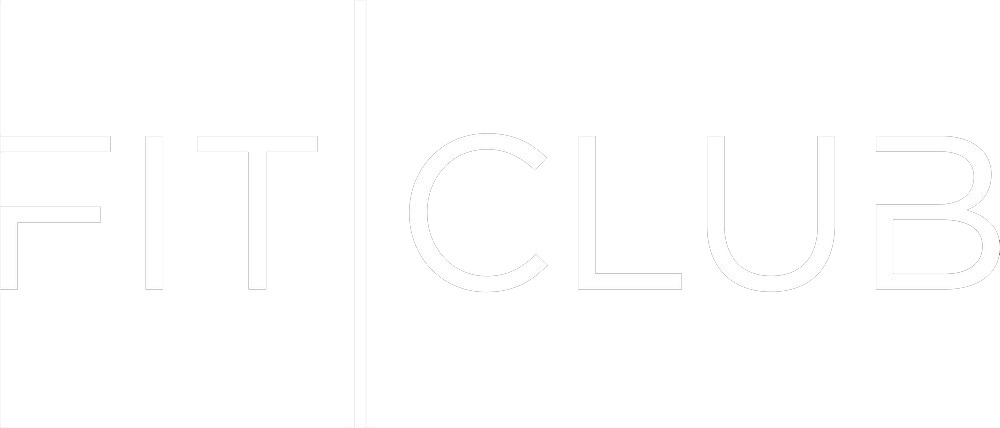How to Start Weight Lifting: A Beginner’s Guide to Strength Training
Weight lifting is an incredible way to build strength, enhance endurance, and boost overall health. But starting a weightlifting routine can feel intimidating if you're new to the gym. You can build confidence and progress safely with the right approach and guidance. In this guide, we'll walk you through the basics of how to start weight lifting, from learning the proper techniques to creating an effective beginner workout.
Why Weight Lifting Is Important
Strength training has numerous benefits. It helps you build muscle mass, improve bone density, and increase metabolic rate, which means you'll burn more calories even when resting. Weight lifting can also enhance mobility and functional strength, improving daily life.
For beginners, starting with manageable weights and focusing on perfecting form is essential. It ensures you stay injury-free while gradually progressing in your workouts.

Step-by-Step Guide to Starting Weight Lifting
1. Set Clear Goals
Before you begin, determine what you want to achieve. Do you want to gain muscle, lose fat, or improve your strength? A clear goal will help guide your workout plan and motivate you.
2. Learn Proper Form
Learning the proper form is crucial for safety and effectiveness. Poor form can lead to injuries and hinder your progress. Start with basic exercises like squats, deadlifts, bench presses, and rows. Consider working with a personal trainer at FitClub who can teach you the correct techniques and help you feel comfortable using gym equipment.
3. Start with Light Weights
When you’re just starting out, it's important to use light weights until you get comfortable with the movements. Focus on form, control, and balance. You can increase the weight gradually as you become stronger and more confident.
Essential Exercises for Beginners
Here are some great beginner exercises to include in your weight-lifting routine:
- Squats: Great for building leg and core strength.
- Bench Press: Ideal for upper body strength, focusing on your chest and arms.
- Deadlifts: A full-body workout that strengthens your back, legs, and core.
- Rows: Focuses on strengthening your back and improving posture.
These exercises cover the major muscle groups and should form the foundation of your beginner workout.
Create a Beginner-Friendly Weight Lifting Routine
When creating a routine, aim for 2-3 weight lifting sessions weekly to allow your muscles time to recover. Here’s a simple beginner workout plan to get you started:
- Day 1: Squats, Bench Press, Rows
- Day 2: Deadlifts, Shoulder Press, Plank
- Day 3: Lunges, Bicep Curls, Tricep Extensions
Keep your reps between 8 and 12 for each set, and aim for three sets per exercise. As you progress, you can adjust the weights and number of sets to match your fitness level.
Stay Consistent and Track Progress
Consistency is vital when starting a strength training routine. Track your workouts, lifting weights, and how you feel during and after each session. It will help you monitor your progress and stay motivated as your strength improves.
Starting weightlifting can seem daunting, but it’s a rewarding and powerful journey toward better health with the right mindset and approach. Focus on your form, start with light weights, and build a routine that works for you. At FitClub, we offer personalized personal training services and group fitness classes to help you every step of the way.
Ready to start your fitness journey? Contact FitClub today to learn more about our weightlifting programs.



